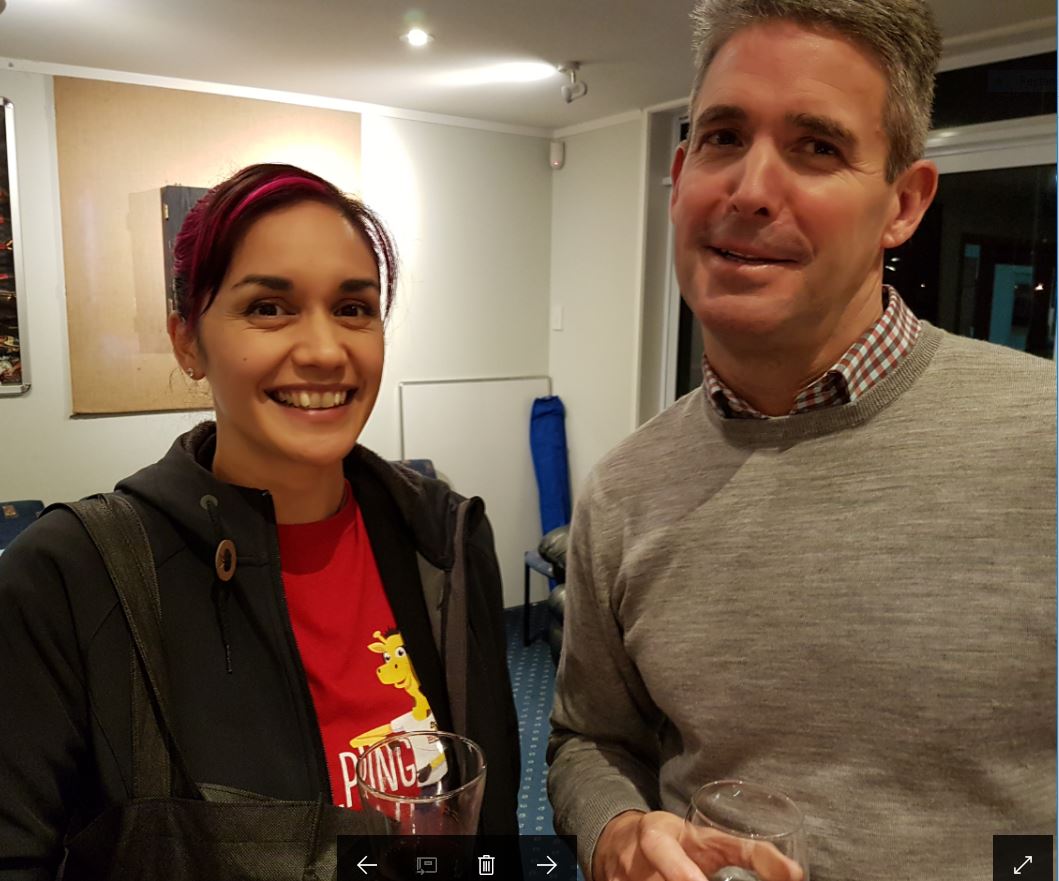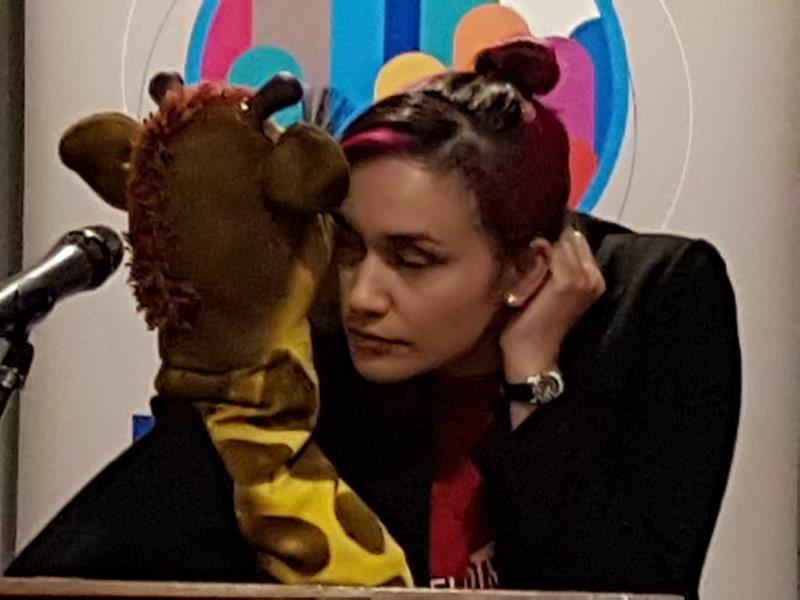 Every year since 1996 the Life Education Trust‘s educators in their mobile classrooms have visited almost all primary and intermediate schools throughout New Zealand, promoting health and well-being among some 250,000 Kiwi children.
Every year since 1996 the Life Education Trust‘s educators in their mobile classrooms have visited almost all primary and intermediate schools throughout New Zealand, promoting health and well-being among some 250,000 Kiwi children.
Speaking at Plimmerton Rotary on 29th May, CEO John O’Connell explained that the trust was focused on helping children to understand how to live a healthy life through proper diet, exercise, and a positive mindset. “Children respond when you show them things rather than talking about it. So we have models of the human body which our educators use to explain the function of each organ and the amazing things these organs do, as long as you look after yourself.”
One of these models was called PAT – Pull Apart Torso.
An example of an interesting organ was the pancreas, which regulated the amount of sugar in the bloodstream. The more sensible the diet and the healthier the lifestyle, the better the pancreas could carry out its task.
The children learned how the human brain worked and how each person was a unique being.
The messages promoted by Life Education Trust had been embedded in the curriculum in a large number of schools so that these messages were freely available.
Of special significance to Plimmerton Rotary was the fact that a substantial portion of funds from the Club’s annual book fair had for many years been donated to Life Education Trust’s North Wellington Trust so that funds would be utilized in the immediate region. In presenting a significant donation to
The Trust had originally been founded by an Australian, then New Zealander Trevor Grice started it here with huge support from Rotary, and remained keenly interested in the Trust’s work. The long-term goal for New Zealand was that by 2025 the mobile classrooms would reach 85% of Kiwi children and their families every year.
 Also attending the meeting was Little Harold, not to be confused with
Also attending the meeting was Little Harold, not to be confused with
